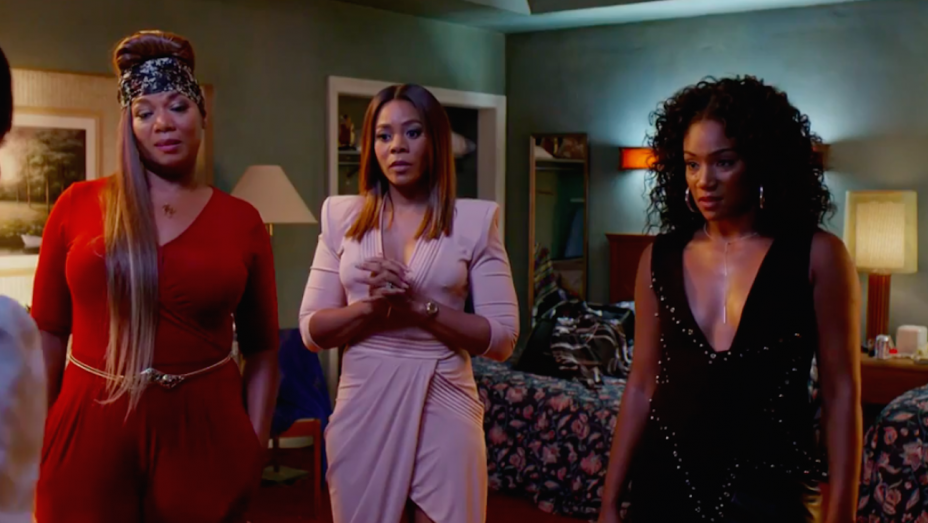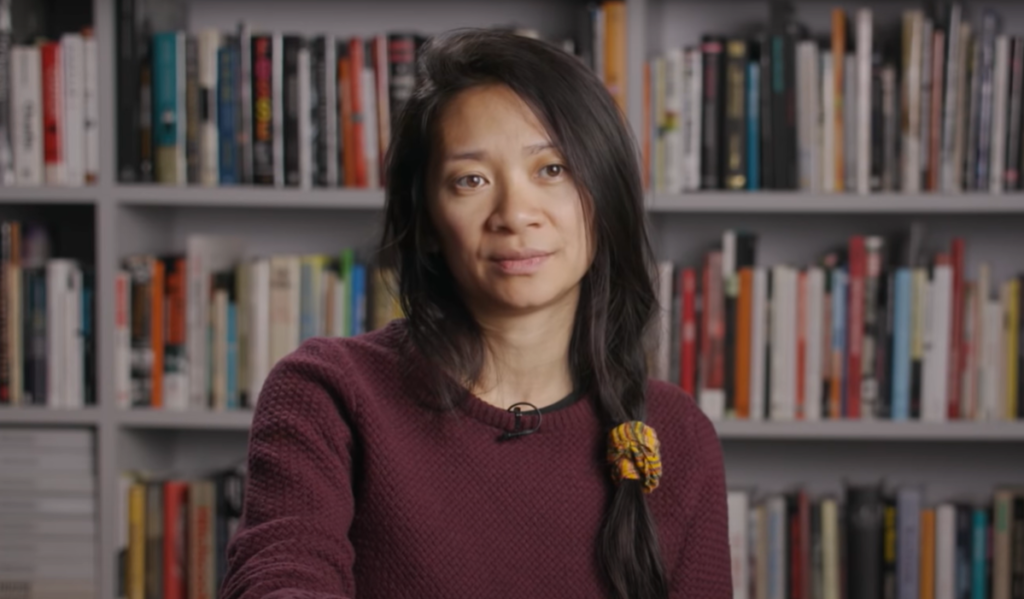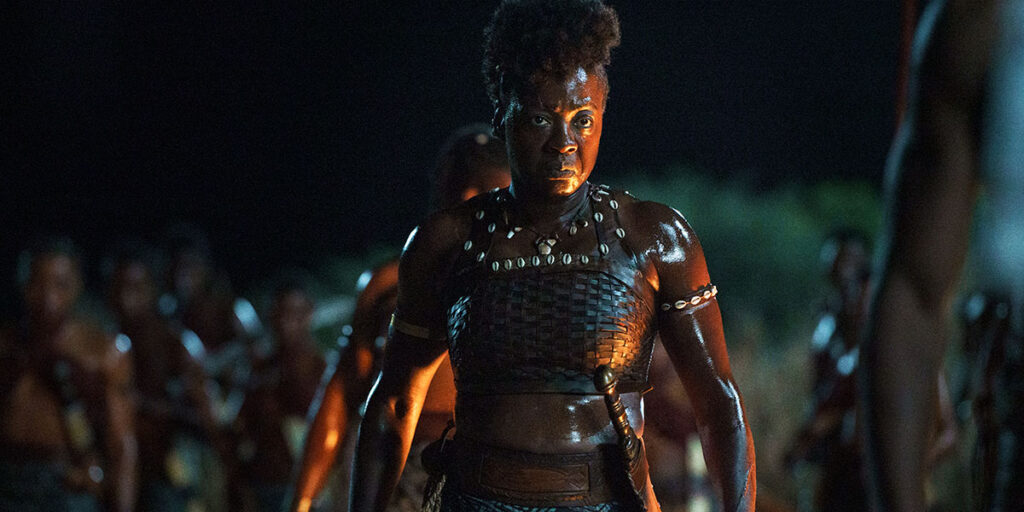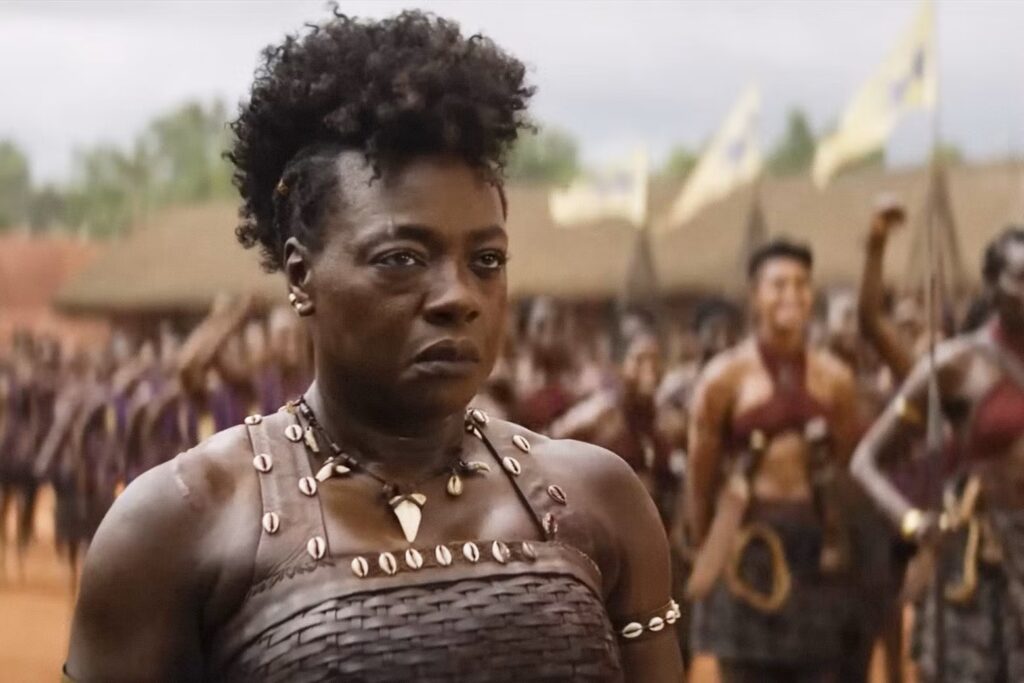The importance of underrepresented voices on-screen and behind the scenes is finally gaining traction in mainstream media, but a significant piece of the puzzle is often overlooked: the influence of critics. What film reviewers write about a film affects how audiences perceive its “quality” and can play a role in its box office success — or failure. With that in mind, it’s essential to consider who these powerful arbiters of taste are. A new research report from the USC Annenberg Inclusion Initiative concludes that “on screen and behind the camera in film, Hollywood is predominantly ‘pale and male,'” and the same “is true of film critics as well.”
Titled “Critic’s Choice? Gender and Race/Ethnicity of Film Reviews Across 100 Top Films of 2017,” the study was conducted by Dr. Stacy L. Smith, Dr. Katherine Pieper, and Marc Choueiti, with assistance from Ariana Case.
Across the 100 top movies of 2017 and 19,559 reviews, male critics authored 77.8 percent of reviews and female critics authored 22.2 percent. This translates into a gender ratio of 3.5 male reviewers to every one female. White critics wrote 82 percent of reviews and white males accounted for a whopping 63.9 percent of reviews, whereas white female critics came in at 18 percent, underrepresented male critics 13.8 percent, and underrepresented female critics just 4.1 percent.
“As designated by Rotten Tomatoes, Top critics penned a total of 3,359 reviews across the sample of 100 movies, with 76 percent written by males and 24 percent written by females,” the report reveals. “The gender ratio of male to female Top critics was 3.2 to 1.”
The study also considers whether female-driven films are reviewed by female critics. Just 32.8 percent of the reviews for “Fifty Shades Darker,”came from female reviewers, for example, and 31.6 percent for “Beauty and the Beast.”
“While reviewers from various demographic backgrounds should have opportunities to review all films, their perspectives may be uniquely valuable to readers who care about the portrayal of women and people of color,” the report reads. “When reviewers call attention to disparities in representation and stereotyping in storytelling alongside issues of craft, they alert audiences, storytellers, and studios to perennial problems in film. As the U.S. population grows more diverse, these audiences are crucial to studios’ revenue. Ensuring equal access and opportunity in the review process is a key aspect of bringing change to the film industry itself.”
Plus, we can’t imagine female critics describing Gal Gadot’s Wonder Woman as “the perfect blend of superbabe-in-the-woods innocence and mouthiness” or referring to Melissa McCarthy as “tractor-sized” or a “female hippo” in reviews. And yes, those are actual quotations from actual, published reviews, and from well-known male critics writing for well-known publications, no less.
“Critic’s Choice?” recommends enacting a 30/30/20/20 plan to meet inclusion goals:

USC

USC
“The very individuals who are attuned to the under and misrepresentation of females on screen and behind the camera are often left out of the conversation and critiques,” said Dr. Smith, founder and director of the Annenberg Inclusion Initiative. “The publicity, marketing, and distribution teams in moviemaking have an opportunity to change this quickly by increasing the access and opportunities given to women of color as film reviewers.”
“Critic’s Choice?” offers a number of methods to address the lack of women and people of color working as reviewers. “Sites such as Rotten Tomatoes, Metacritic, and other aggregators can address disparities in critic representation in two primary ways,” the report explains. “First, they can ensure parity in the critics they include in their rating summaries. Each site has an approval process whereby critics and reviews are included in the aggregated ratings. By examining the individuals the site approves, administrators and editorial directors can ensure balance in the overall ratings they provide. While Rotten Tomatoes may already attempt to include more women or people of color in their process, engaging in further efforts to court those writers to post to the site and including their thoughts in the average rating or ‘Tomatometer’ is imperative.”
“Another option for sites is provide consumers with information regarding how many reviews for a film were authored by women and/or people of color, or even other communities (e.g., LGBTQIA, individuals with disabilities),” the report suggests. “Taking this step would reveal to site visitors whether the overall rating reflects a balanced viewpoint or skews toward White and/or male voices. This would allow consumers to understand how reviewer perceptions might influence how films are scored — especially films with female or underrepresented lead characters — and decide whether to view the movie as a result.”
Other recommendations include examining journalism and film schools to better understand the pipeline for new reviewers, and encouraging notable critics’ societies or associations to provide data on their membership.
Check out some of the study’s highlights below. You can read the full report here.
- White critics authored 82% of reviews whereas critics from underrepresented racial/ethnic groups authored 18%. This point statistic is substantially below (-20.7 percentage points) U.S. Census, where individuals from underrepresented groups clock in at 38.7% of the population
- Given that reviewers often evaluate multiple films in the sample, we were also interested in the total number of unique or individual film critics. Just over two-thirds of individual critics were males (68.3%) and 31.7% were females. Of those ascertained for race/ethnicity, a full 76.3% of all critics were White and 23.7% were from underrepresented racial/ethnic backgrounds (UR). The majority of all critics were White males (53.2%) followed by White females (23%), UR males (14.8%), and then UR females (8.9%).
- Not one of the 100 top movies of 2017 had a gender-balanced critics pool reviewing the movie. This is true of both male and female driven story lines. Of those movies with female leads, 69.4% had a critics corps with less than 30% women. ‘Everything, Everything’ had the highest percentage of female critics (39.8%). Only two female-driven films featured women of color reviewing in double-digit percentages: 11.8% of critics reviewing ‘Girls Trip’ were women of color and 10.3% of those reviewing ‘My Little Pony.’
- Focusing on movies with underrepresented leads (n=24), not one film featured diverse critics at proportional representation to the U.S. Census. The movie that came the closest was ‘How to Be a Latin Lover,’ with 34.6% underrepresented critics and 15.4% women of color. Most films (n=15) had underrepresented critics accounting for less than a fifth of all reviewers. The percentage of women of color reviewing all 24 films with underrepresented leads or co-leads was in the single digits, save two movies.
- Two-thirds of reviews by Top critics were written by White males (67.3%), with less than one-quarter (21.5%) composed by White women, 8.7% by underrepresented males, and a mere 2.5% by underrepresented females. White male critics were writing top film reviews at a rate of nearly 27 times their underrepresented female counterparts.
- Of female-driven films, only four (11.1%) reached proportional or over representation of top female reviewers. Put differently, women were half or more of the Top critics for four female-driven movies. Four additional films feature 40% or more female reviewers who were Top critics. Nineteen movies with girls and/or women at the center were not reviewed by any Top critic who was an underrepresented female (52.8%)!







